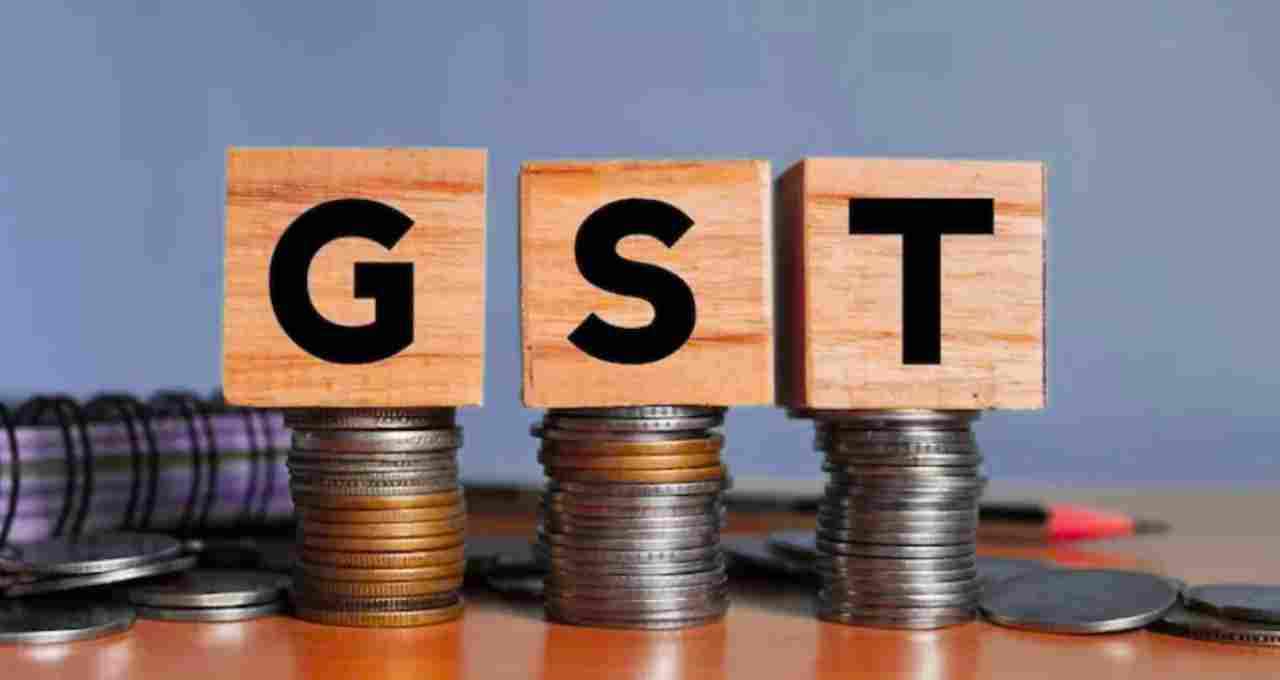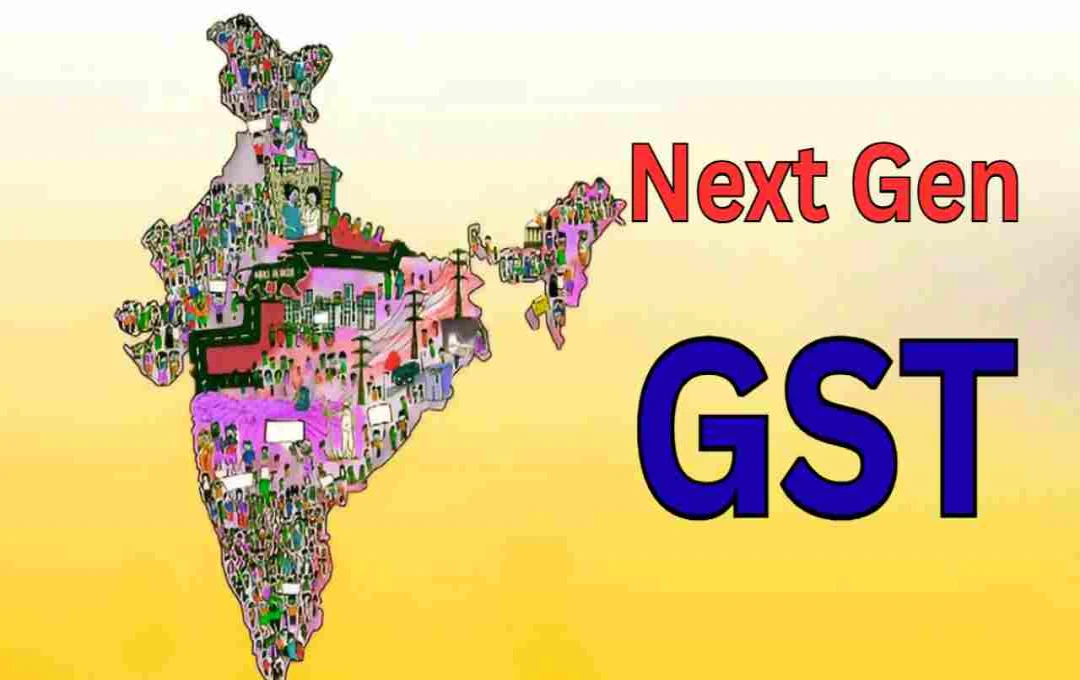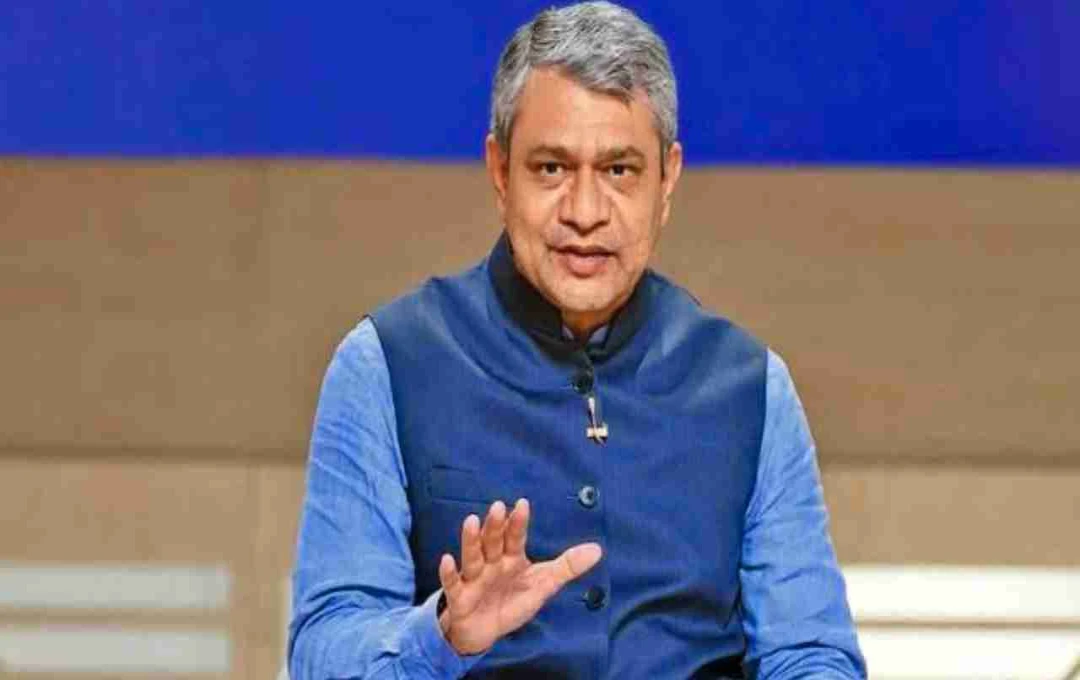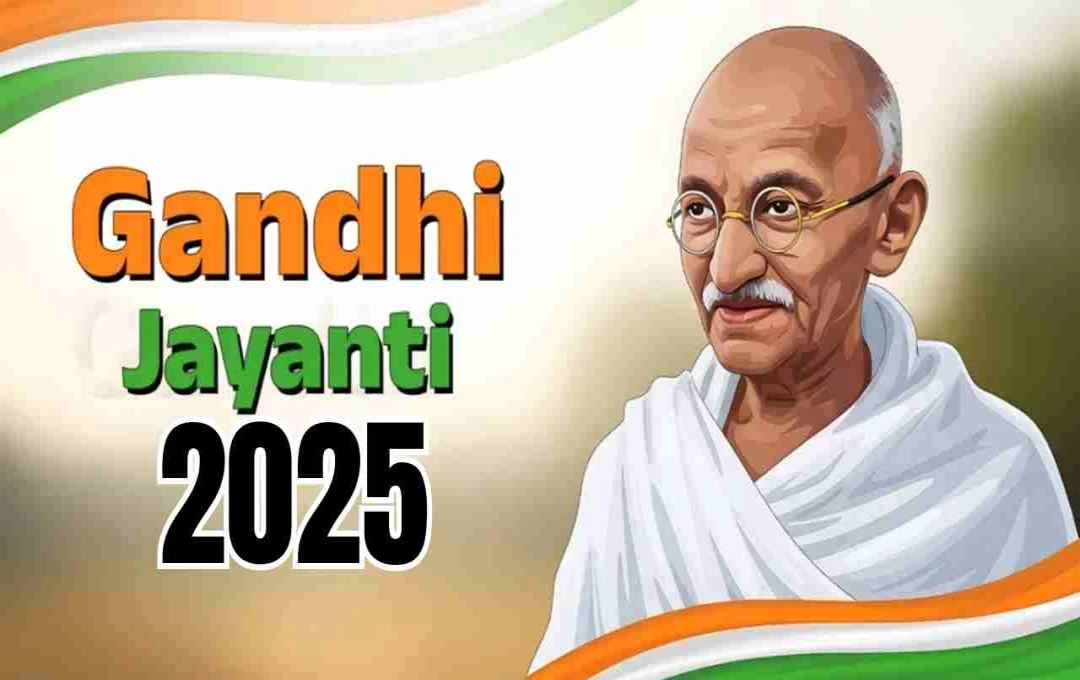Concerns are mounting among states regarding potential revenue losses due to the next-generation GST reforms. States could lose ₹7000-9000 crore annually if the proposed reforms are implemented. International brokerage UBS estimates a loss of 0.3% of GDP, or ₹1.1 trillion, in fiscal year 2026, which is potentially recoverable.
Next Gen GST: The proposed next-generation reforms in the Goods and Services Tax (GST) are likely to be implemented by the middle of this fiscal year. PM Modi mentioned the announcement before Diwali in his Independence Day speech. However, major states have expressed concerns that the reforms will significantly impact their revenue, potentially causing an annual shortfall of ₹7000-9000 crore. According to the Indian Express, this could reduce the revenue growth of states from 11.6% to 8%. UBS, however, suggests that the potential losses can be covered by RBI dividends and additional cess.
Growing Concerns of States

According to a report in the Indian Express, several major states have expressed concern about this reform. State government officials believe that their revenue could decline significantly after the proposed changes are implemented. This shortfall could directly affect social schemes and administrative expenses, potentially reducing the budget available for health, education, and welfare programs.
Impact on Revenue Growth
Internal assessments by states indicate that their revenue growth rate could decrease to 8%, while it has averaged 11.6% so far. If we look at the figures before the implementation of GST, the rate was around 14% before 2017. States fear that this decline in growth could weaken their financial structure.
UBS Report
International brokerage house (UBS) has also presented its estimates on this issue. According to UBS, the loss from GST in fiscal year 2026 will be recoverable. The report states that the country could lose approximately ₹1.1 trillion annually, or 0.3% of GDP. Meanwhile, in 2025-26, this loss could be limited to approximately ₹430 billion, or 0.14% of GDP. Experts believe that this shortfall can be compensated by the RBI's dividend and additional cess transfers.
What will be the impact on the states?

State governments say that they will not be able to easily handle the revenue losses from GST reform. The compensation provided by the Center has also now ceased. In such a situation, states will have to meet expenses from their own resources. Officials say that if there is a shortfall of ₹7000 to 9000 crore every year, many development schemes will slow down.
Boosting Consumption
The central government believes that cutting GST rates will boost consumption in the market. According to a report by news agency ANI, reducing GST is a more effective step to promote consumption than cutting personal income tax or corporate tax. This directly impacts the pockets of consumers, and people buy more.
Benefits to Consumers and Industries
The government argues that the biggest benefit of the next-gen GST reform will be for ordinary consumers. Small businesses and the MSME sector will also get relief from this because the tax burden will be reduced. This will reduce their costs and make it easier to grow their business. At the same time, the government believes that when consumers spend more, the states will also indirectly benefit.
The impact of GST reform may not only be limited to the economy but may also be visible on politics. Many states are already seeking financial assistance from the Center. If their earnings fall sharply after the new reform is implemented, this conflict may increase further.















